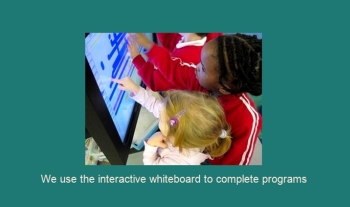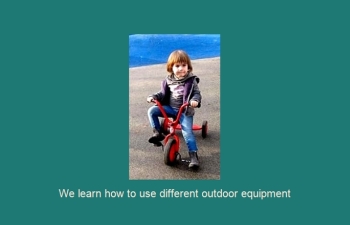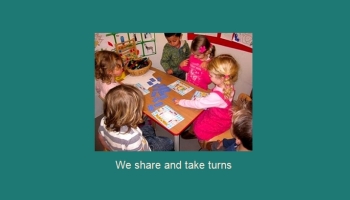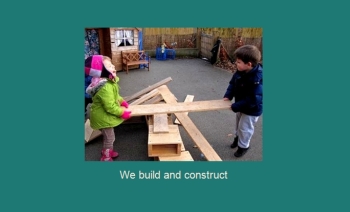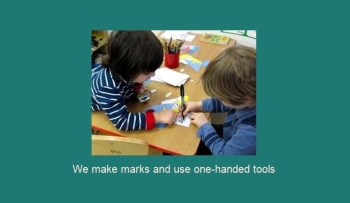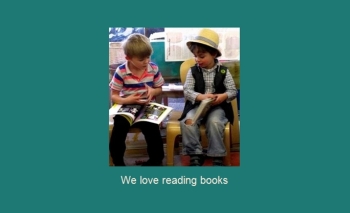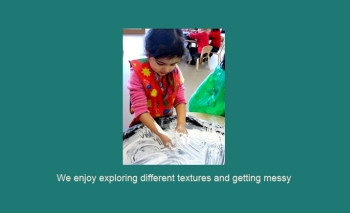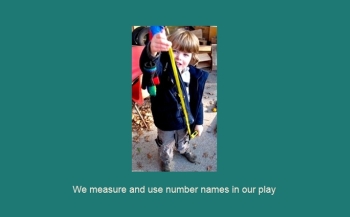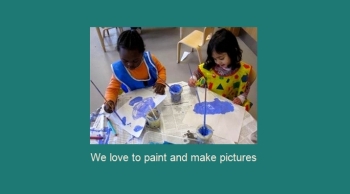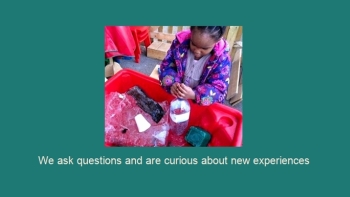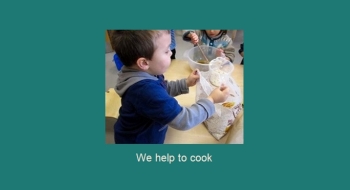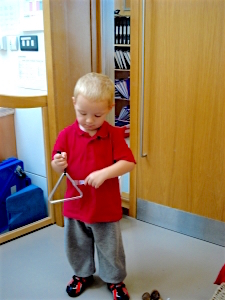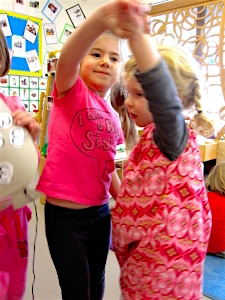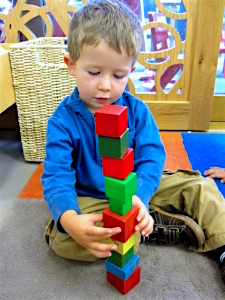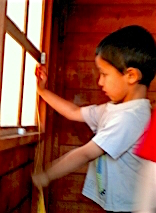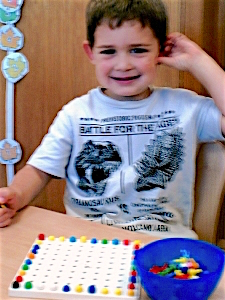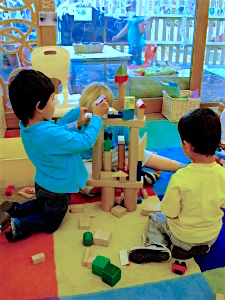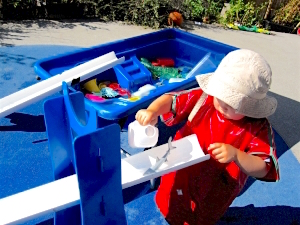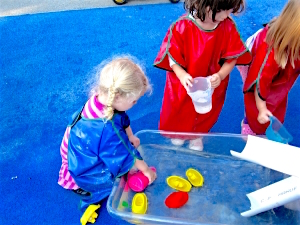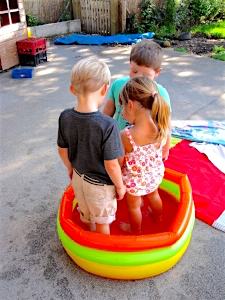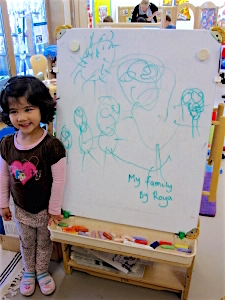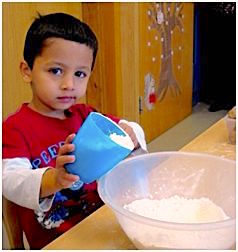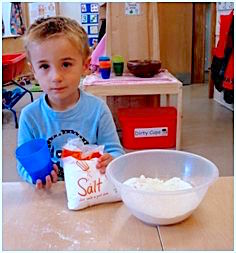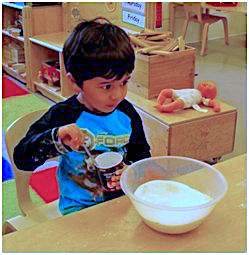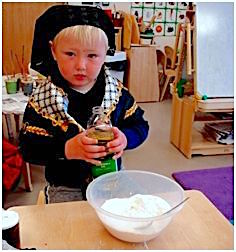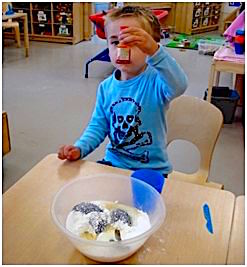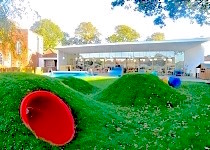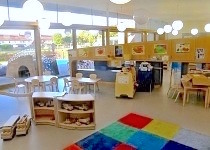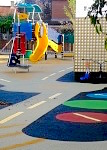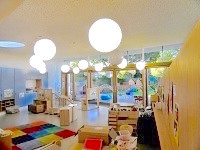
|
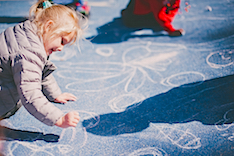 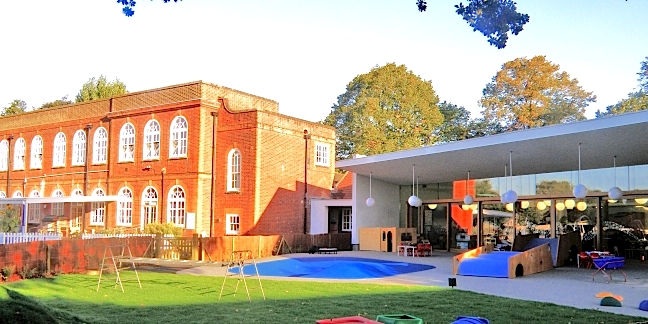 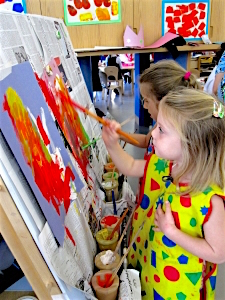 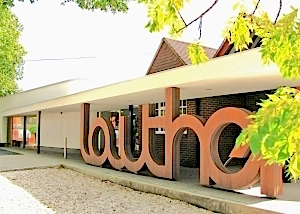 |
"Welcome to life in Nursery at Lowther" from Miss Barker, Mrs Murphy and their team of learners. |
|
Here you'll be able to see some of the amazing work we've been doing. |
Learning at Lowther Nursery
|
|
"Our first few weeks in Chestnut Nursery"
|
|
|
Phonics in the Nursery is only a small part of the childrens learning. At Lowther we follow Letters and sounds the Government guidelines of teaching phonics. This is six phases of learning from which runs from Nursery into Year 2. Phase One of Letters and Sounds concentrates on developing children's speaking and listening skills and lays the foundations for the phonic work which starts in Phase 2 at the beginning of reception. The emphasis during Phase 1 is to get children attuned to the sounds around them and ready to begin developing oral blending and segmenting skills. It is intended that each of the first six aspects should be dipped into, rather than going through them in any order, with a balance of activities. Aspect 7 will usually come later, when children have had plenty of opportunity to develop their sound discrimination skills. |
| Aspect 1 - General sound discrimination - environmental |
|
The aim of this aspect is to raise children's awareness of the sounds around them and to develop their listening skills. Activities suggested in the guidance include going on a listening walk, drumming on different items outside and comparing the sounds, playing a sounds lotto game and making shakers. |
|
This aspect aims to develop children's awareness of sounds made by various instruments and noise makers. Activities include comparing and matching sound makers, playing instruments alongside a story and making loud and quiet sounds. |
|
The aim of this aspect is to develop children's awareness of sounds and rhythms. Activities include singing songs and action rhymes, listening to music and developing a sounds vocabulary. |
|
This aspect aims to develop children's appreciation and experiences of rhythm and rhyme in speech. Activities include rhyming stories, rhyming bingo, clapping out the syllables in words and odd one out. |
|
The focus is on initial sounds of words, with activities including I-Spy type games and matching objects which begin with the same sound. |
|
The aim is to distinguish between different vocal sounds and to begin oral blending and segmenting. Activities include Metal Mike, where children feed pictures of objects into a toy robot's mouth and the teacher sounds out the name of the object in a robot voice - /c/-/u/-/p/ cup, with the children joining in. |
| Aspect 7 - Oral blending and segmenting |
|
In this aspect, the main aim is to develop oral blending and segmenting skills. To practise oral blending, the teacher could say some sounds, such as /c/-/u/-/p/ and see whether the children can pick out a cup from a group of objects. For segmenting practise, the teacher could hold up an object such as a sock and ask the children which sounds they can hear in the word sock. The activities introduced in Phase 1 are intended to continue throughout the following phases, as lots of practice is needed before children will become confident in their phonic knowledge and skills. |
1. Add 3 cups of flour.
4. Add 4 spoons of oil. * Ted says: "Please be very careful with the hot water though!" |
 |
